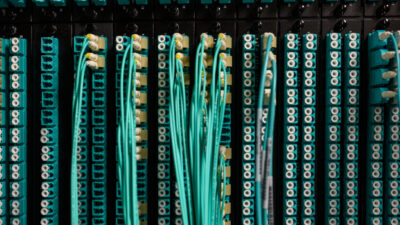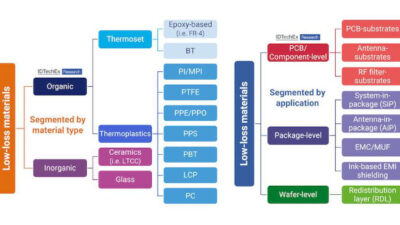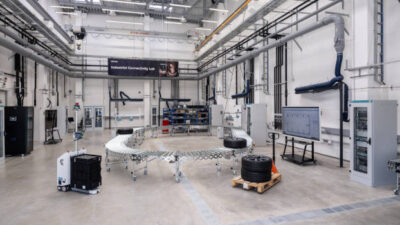Wireless technology has taken over our everyday lives—from remote controls, to cell phones, to wireless Internet connections in our homes. The ease of deploying these technologies in our offices and homes has contributed to massive worldwide growth and expansion that is not expected to slow down any time soon.
Wireless technology has taken over our everyday lives—from remote controls, to cell phones, to wireless Internet connections in our homes. The ease of deploying these technologies in our offices and homes has contributed to massive worldwide growth and expansion that is not expected to slow down any time soon.
All wireless technologies, however, are not created equal. Therefore, applying and installing wireless products in an industrial environment requires thought and planning. Following are some simple things to consider, as you ponder trying out wireless in your facility:
1. Define what type of wireless installation you are considering. Is it simple point-to-point wire replacement, multipoint-to-point communications, plant-wide mesh networking, or sensor-to-WAN remote transmissions? Once you chosen the type, you can decide what technology is best (from 802.xx to proprietary spread spectrum to licensed technologies). If all of this makes sense to you, then you’re ready to go. If not, then moving on to the next steps should help to get you on the right path to a successful installation.
2. How far do you need the wireless connection to go? Off-the-shelf, unlicensed wireless solutions exist for transmitting data from distances of 20 ft to 20 miles, across the country and around the world. Bluetooth is great for short distances (20 ft) at high speeds. WiFi is good for medium (200 ft) distances at high speeds. 900 MHz works best for longer distances (20 miles) at slower speed. Cellular (control channel) devices work best for sparse or long-distance (hundreds or thousands of miles) connections at timed updates.
3. How fast do you need updates? If it’s a wire replacement or high data throughput application, you probably need multiple updates per second. If you’re monitoring a tank level or freezer temperature, then an update every few minutes is probably fine. If you’re monitoring only for a fault condition, then event transmissions are the way to go. Different technologies work best for each example.
4. How do you plan to power the units? Many “wireless” products require power wires. In some applications, running power lines is not an option. Therefore, using a technology that can operate with internal batteries—and last for several years in a classified environment without maintenance—is the way to go. If devices (or assets) are moved around, then they can’t be tethered to a power line.
5. Always, always do a site survey. A site survey may be as simple as ensuring that you have a line of sight between or among locations, but more often involves actually measuring radio signal strengths of the transmitters/receivers in a specific application. Simple sight surveys follow a “can you hear me now?” go/no-go verification, while more complex surveys involve measuring signal strength of transmissions, and allowing an appropriate cushion for potential radio path changes. Changes can be a simple as the presence of cars in a parking lot or adding buildings or radio towers that are in the path of the transmission. Accounting for these will save a lot of frustration and ensure that the installation works today, and down the road.
Industrial wireless installations are reliable, secure, and easy to install—when you do your homework. Cost and productivity benefits are fantastic, and correct installations are virtually maintenance-free. The good news is that there are a lot of available products, in all technology areas, for all application requirements. Doing the homework saves time, money, and frustration—and don’t be afraid to mix different technology solutions, just as with any wired system.
| Author Information |
| Rob Henley is president of ioSelect Inc.; |



